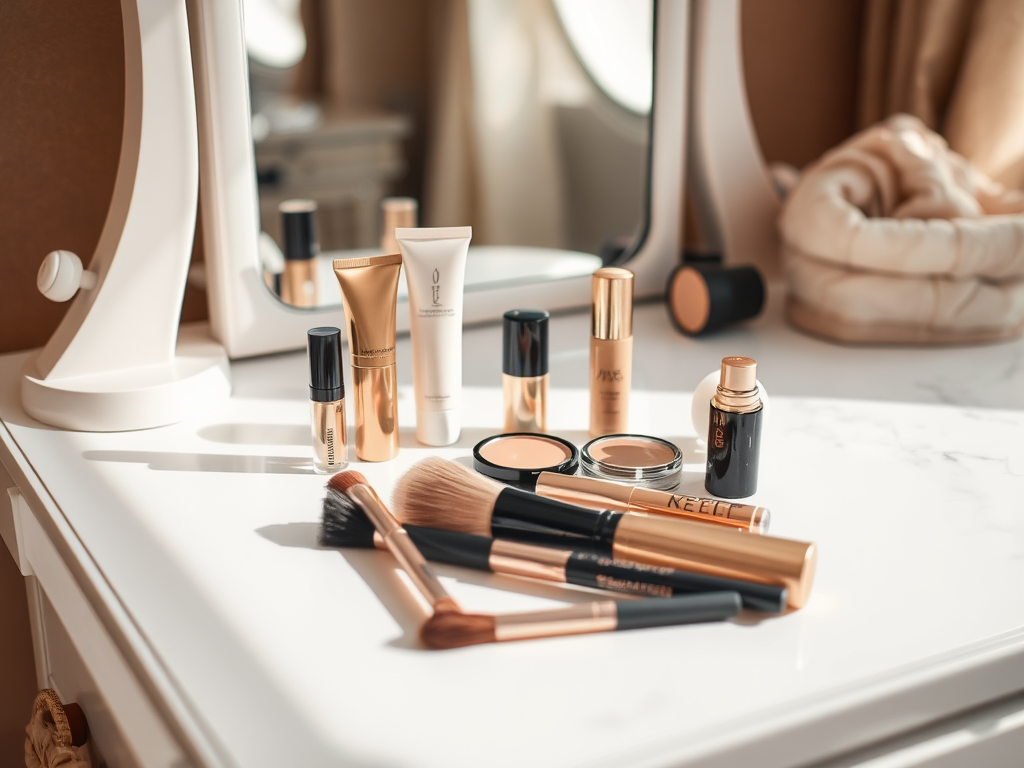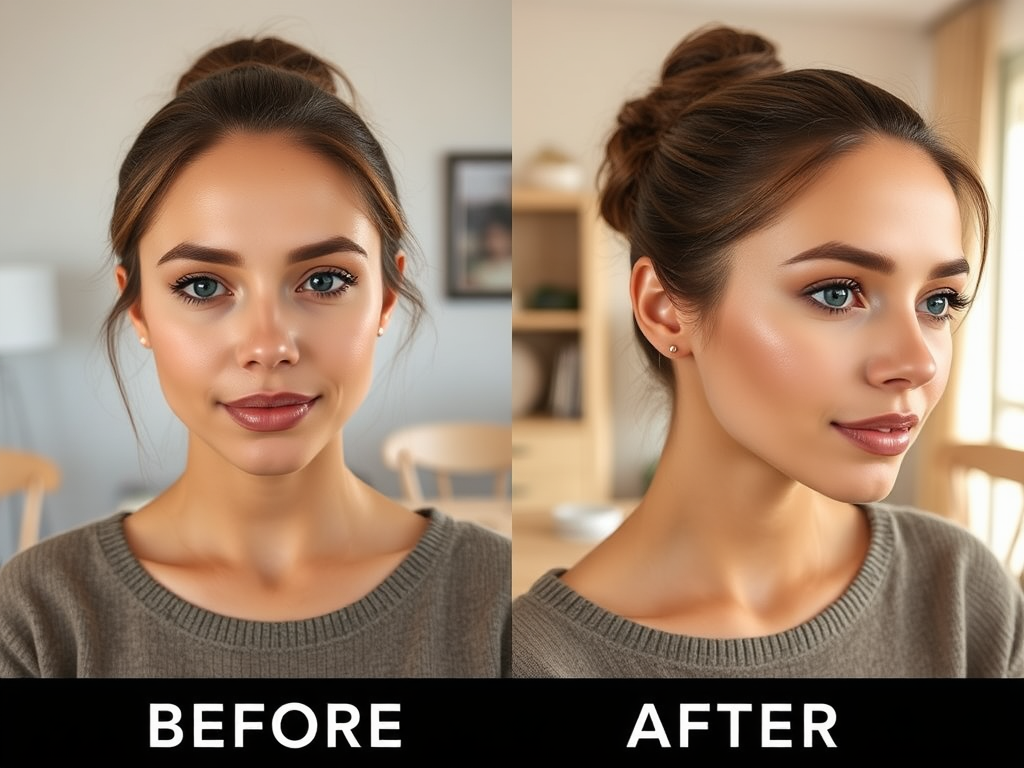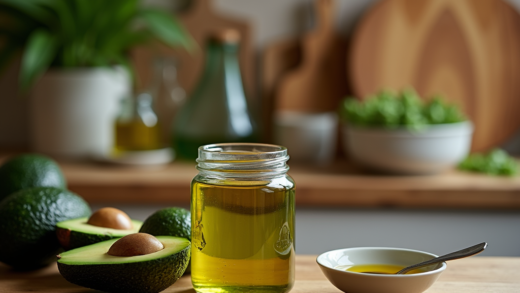Welcome to the world of contouring, where makeup artists wield brushes like artists with paint, sculpting the face and highlighting its unique dimensions. Contouring is not just a beauty trend; it’s a sophisticated art form that has the power to transform your appearance. As the interest in makeup has surged, so too has the quest for flawless skin and perfectly sculpted features. This guide aims to provide you with comprehensive techniques and tips to master contouring, whether you’re preparing for a day at the office or a night out on the town. By understanding the underlying principles of light and shadow, the right tools, and application methods, you’ll gain the skills needed to elevate your makeup game. Let’s dive deep into the essentials of contouring and discover how you can create an effortlessly stunning look.
Understanding the Basics of Contouring

Before diving into the application techniques, it’s essential to grasp the basics of contouring. Contouring hinges on the principles of light and shadow, using darker shades to recede certain areas of the face while employing lighter hues to bring forward others. Mastering this delicate balance allows you to sculpt and define your features, enhancing your natural beauty. Think of contouring as a three-dimensional makeover—it’s not just about slapping on some color, but understanding how to manipulate light on your face.
Lighting is fundamental in achieving the desired contouring effect. Natural light can greatly affect how makeup appears, so it should be the first consideration when applying your makeup. Areas that receive light naturally—such as the tops of your cheekbones, your brow bone, and the bridge of your nose—should be highlighted, while those areas that we want to diminish—like the sides of your nose or the jawline—should be contoured. Knowing where light hits will help you better define your makeup application strategy.
Tools and Products Needed for Contouring

Ready to start contouring? First, let’s talk about the essential tools and products you will need to achieve a masterful look. The effectiveness of your contouring techniques largely depends on the quality of your tools, which can make all the difference between a polished and a patchy finish. Having the right tools on hand will enhance your application process and ensure that you achieve that sought-after sculpted appearance.
Essential Makeup Tools
- Makeup Brushes: Different brushes serve various purposes—angled brushes for precise application and fluffy brushes for blending.
- Makeup Sponges: Great for blending creamy products seamlessly onto the skin.
- Contour Palette: Look for a palette that offers a range of shades suited for your skin tone.
Types of Contour Products
- Cream Products: Ideal for dry skin types and offer a more natural look.
- Powder Products: Suitable for oily skin and great for layering.
- Stick Formulas: Easy to apply and blend, perfect for beginners.
| Skin Type | Recommended Product |
|---|---|
| Oily Skin | Powder Contour |
| Dry Skin | Cream Contour |
| Combination Skin | Stick Contour |
Step-by-Step Contouring Techniques
Whether you are a novice or an experienced makeup enthusiast, understanding step-by-step techniques is crucial. The art of contouring is an evolving skill that benefits from practice. Don’t be discouraged if it takes some time to find your rhythm. Here’s a concise breakdown of the contouring process for your next makeup session.
Preparing the Canvas
Before you even pick up a brush, it’s essential to prepare your skin. Skincare lotion and primer make all the difference, creating an even surface for makeup. Hydrated skin allows for smoother application and can diminish the appearance of pores. After priming, you might want to add lightweight foundation; this will serve as your base and also provide an even skin tone before applying your contouring products.
Defining Your Face Shape
Knowing your face shape is one of the most critical aspects of contouring. There are various face shapes, including oval, round, square, and heart-shaped, each requiring a tailored contouring approach. Take a moment to assess your features and highlight areas that will complement your face structure. Knowing where to contour can dramatically change the outcome of your look.
Common Contouring Mistakes
As with any skill, mistakes are a part of the learning process. Recognizing common pitfalls can save you from missteps and achieve the flawless appearance you desire. Here are the most notable mistakes many makeup artists face when contouring:
- Overdoing the contour: Less is often more, especially when you begin. Build up gradually.
- Poor blending: Harsh lines can sabotage your efforts, so always ensure you blend thoroughly.
- Using the wrong shade: Picking a contour shade that is too dark or too warm can lead to an unnatural finish.
Advanced Contouring Techniques
If you’re looking to elevate your contouring routine, advanced techniques can help you stand out. These methods often provide a more customized look, taking into account your unique facial features and the aspects you want to emphasize. Experimentation is key, and don’t hesitate to try new applications based on your comfort level.
Multi-Layer Contouring
Multi-layer contouring involves building up layers of product for depth. This method can create beautifully sculpted features, especially when done correctly. Start with a lighter shade for the base and gradually add deeper tones for dimension, blending as you go. This technique can enhance your natural contours without appearing too stark.
Event-Specific Contouring
Finally, it’s important to adjust your contouring style based on the event. Dramatic looks for night-outs might require bolder applications and additional shading, while everyday contouring should evoke more subtlety. Adapting your technique for the occasion will ensure appropriate styling and help you feel your best no matter where you go.
Conclusion
Contouring is an art that can transform your makeup routine into a masterclass of creativity and confidence. By understanding the principles of light and shadow, investing in the right tools, and practicing the techniques outlined in this guide, you’re well on your way to mastering the art of contouring. Remember, makeup is ultimately about self-expression; each stroke of your brush should make you feel empowered and beautiful. As you refine your skills, embrace your individuality and enjoy the process of discovering what works best for you.
Frequently Asked Questions
- What is the best contour shade for pale skin? For pale skin, opt for a cool-toned contour shade that’s one or two shades darker than your natural skin tone.
- Can contouring work for all face shapes? Yes, contouring can be adapted for any face shape with the right techniques. It’s about accentuating features that suit your individual structure.
- How do I make my contour last all day? Start with a good primer, use a setting powder, and consider a setting spray to lock in your look.
- Are there any skin types that shouldn’t contour? While everyone can contour, individuals with very oily or very dry skin should choose products that suit their skin needs to avoid a cakey appearance.
- How do I remove contour makeup effectively? Use a good makeup remover or micellar water, followed by a gentle cleanser to ensure all makeup is removed.


